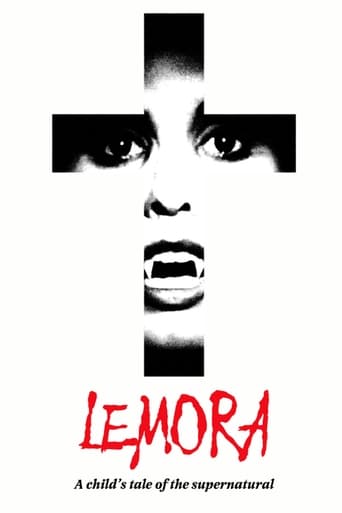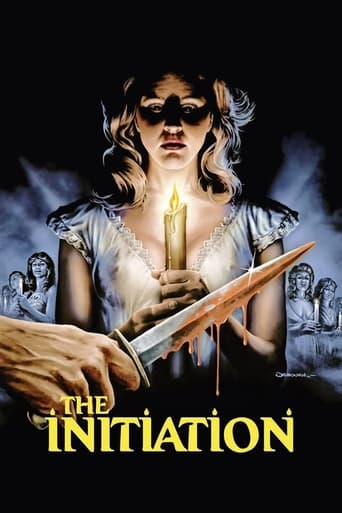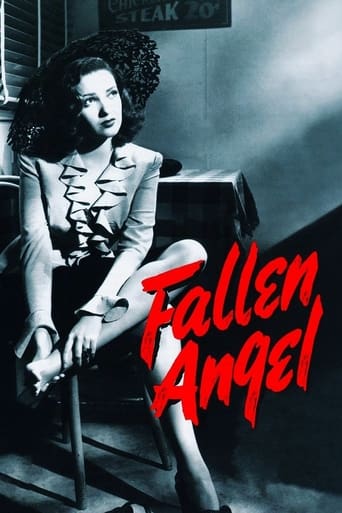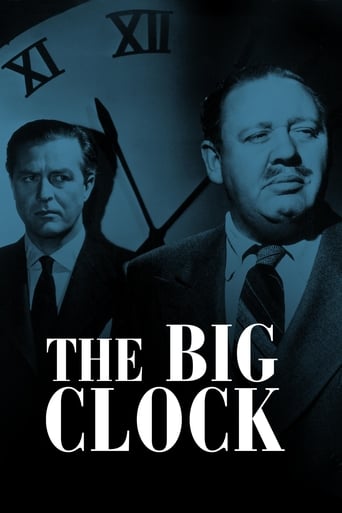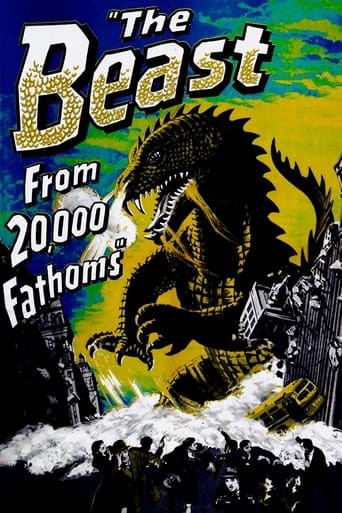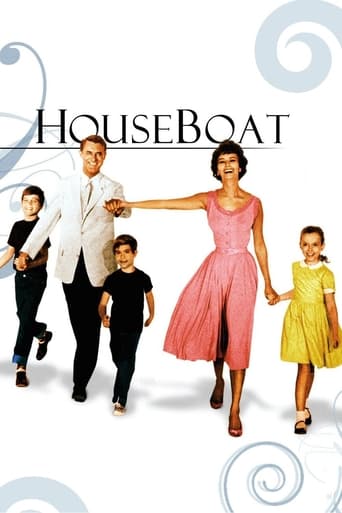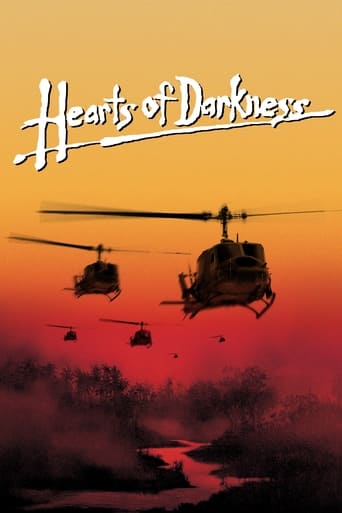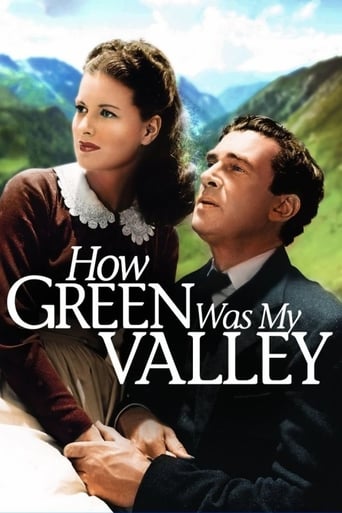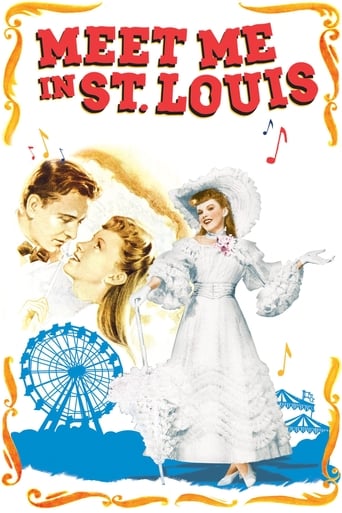


Ministry of Fear
Stephen Neale is released into WWII England after two years in an asylum, but it doesn't seem so sane outside either. On his way back to London to rejoin civilization, he stumbles across a murderous spy ring and doesn't quite know to whom to turn.
-
- Cast:
- Ray Milland , Marjorie Reynolds , Carl Esmond , Hillary Brooke , Percy Waram , Dan Duryea , Alan Napier


Similar titles
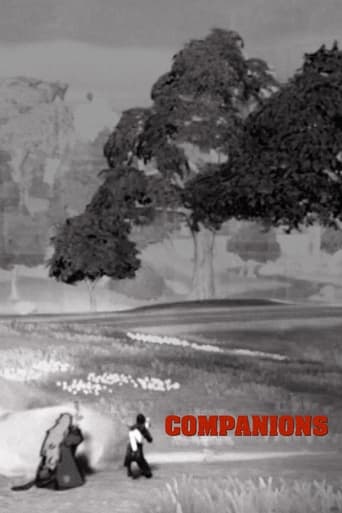
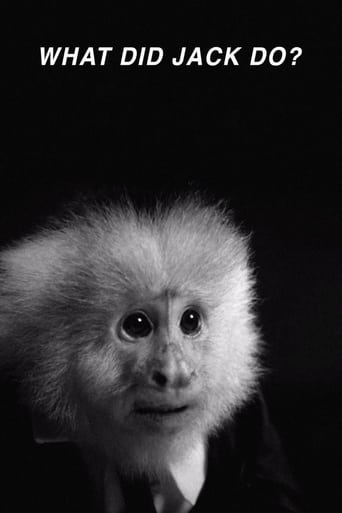
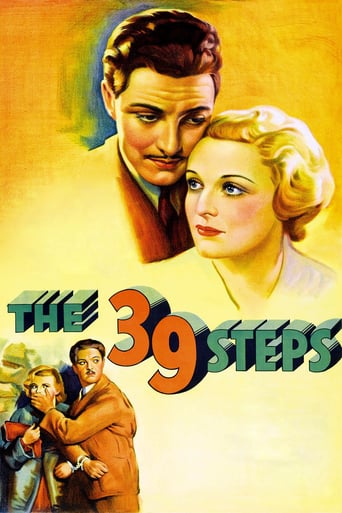
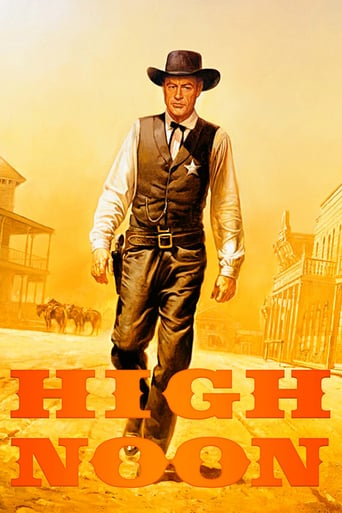
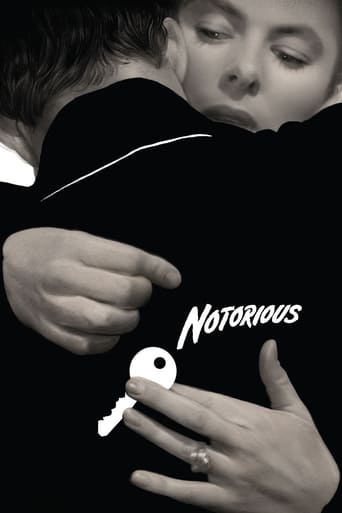
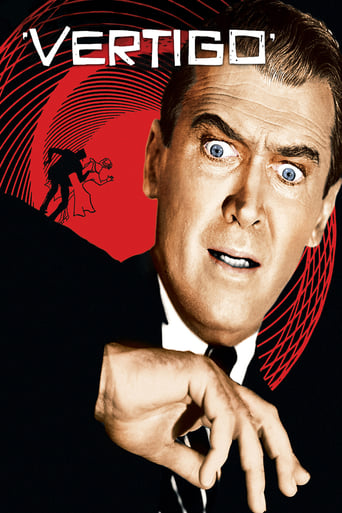
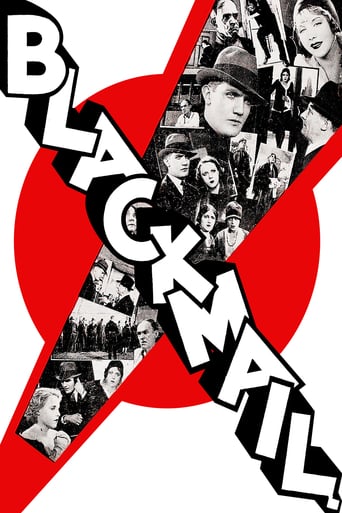
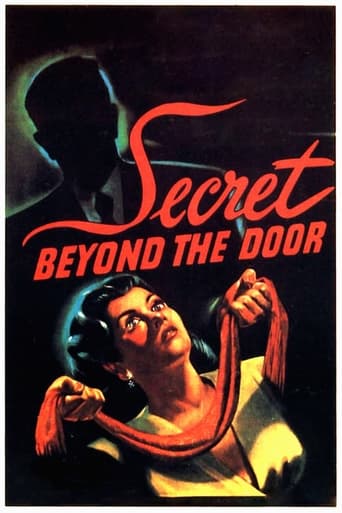
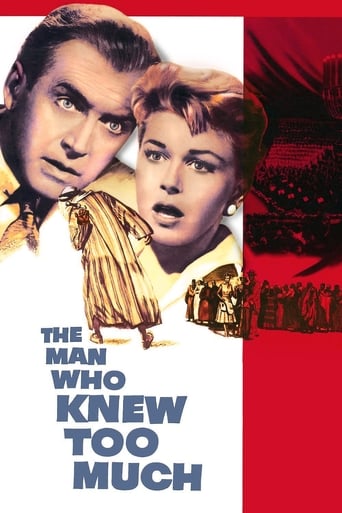
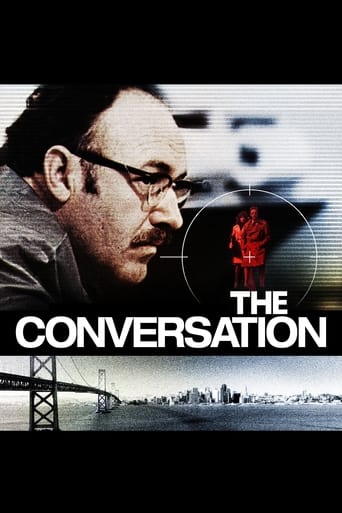
Reviews
Powerful
People are voting emotionally.
It's funny, it's tense, it features two great performances from two actors and the director expertly creates a web of odd tension where you actually don't know what is happening for the majority of the run time.
I didn’t really have many expectations going into the movie (good or bad), but I actually really enjoyed it. I really liked the characters and the banter between them.
This is an outstanding movie. The print used by Criterion for their blue-ray release is great. Ray Milland looks very handsome here! The two main women characters are also very attractive. Hilary Brooke is simply stunning! I've never seen her look better than in this movie. This movie has a lot of action and good suspense. The visuals--how the scenes look--are so good, it strongly enhances the film. I didn't even know about this movie until recently, and I am very impressed. Highly recommended!
On the eve of World War II Ministry of Fear appeared as a great crime picture concentrating on a very hot topic at the time, namely the devious Nazi schemes and plots build up all around Europe. Its decent and somehow dizzying storyline places this movie in the great film noir category right on spot. Its gloomy aura and very climatic ambiance can be felt throughout the whole time. It starts with a great scene to set the tone. The clock is hanging on the wall. It is ticking inexorably. We see a man coming into a dark room and then a shot of Ray Milland sitting in a chair. It's 12 o'clock and he is finally free, after being stuck for two horrible years in one very peculiar place.Ray Milland gives a fine performance as a man named Stephen Neale, who just got released from an insane asylum and dreams about going to London to lead a peaceful and quiet life. Nothing further from the truth. After a visit to a very strange town fare he stumbles across a horrifying plan, which can have tragic consequences for his country. He needs to tell that to somebody. However, because of his unclear past he is unable to convince others that he is onto something very eerie. What's more, in the process someone wants to frame him for a crime he didn't commit. The main quality of this picture comes from the side of its fantastic cinematography. Every scene is shot perfectly, with the classic low-key white-and-black visual style. Some of the images are simply astounding: a gripping scene on the train with a seemingly blind man, explosive suitcase, bombing near the railroad tracks, etc. But the most stunning one for me was that of a group mind-reading session. Through its play on colors, light and visual sensations it brings a sort of nightmare-ish mood to the movie.Add a very fine and climatic music and all you get is a noir experience of the highest level. Apart from being an agitating thriller Ministry of Fear is also a proper take on the situation in Europe during the War. Nazi scams were omnipresent and every person could have been involved, no matter what nationality he or she was. That's definitely the point that makes it feel more realistic and dramatic at once.
Ministry of Fear (1944) *** (out of 4)Tense thriller adapted from the Graham Greene novel about Stephen Neale (Ray Milland), a man released from an asylum after serving two years. On his way to London he visits a small village where a festival is going on and he's given a tip to win a cake. This simple cake turns out to be carrying some secret Nazi files and soon Neale is rapped up in murder. Over the past few years the work of Fritz Lang appears to be gaining more and more attention and many new fans are starting to say he was better than Hitchcock. I'm not at that level but at the same time there's no question that Lang could take something simple and do wonders with it, which is the case for this film. The first fifty-minutes are downright thrilling, although I will admit that the final half-hour gets a tad bit far-fetched and there's a little bit too much propaganda for my liking. The first portion of the film has a brilliant sequence where Milland visits the festival, sees a fortune teller and then we follow him onto a train with the cake where a bombing happens but this isn't the only twist at this point. This is a long sequence but it backs some terrific atmosphere and the tension level is quite high. Another great sequence follows as Milland begins his investigation and winds up at a séance where one of the suspects are. There were countless horror films released around this era but none of them contained as much atmosphere as this scene and it's extremely effective. I think the film starts to lose some of its punch in the second half as more and more characters are introduced and things begin to get a bit too far-fetched. Outside of that everything else is pretty top-notch and that includes the wonderful performances with Milland leading the way with another strong character. Milland was certainly believable in the part and you can't help but want to see him get out of the trouble he's in. Marjorie Reynolds is very good in her part as a suspect/love interest and we get nice support from Carl Esmond, Percy Waram and Hillary Brooke. The film contains some extremely tense moments and the terrific cinematography by Henry Sharp uses the shadows perfectly to build up the atmosphere. Lang's direction certainly brings the material to life and the performances just make it even better.
The United Kingdom has long been the home of the spy thriller. While writers in the US like Dashiell Hammett and Raymond Chandler were turning out hard-boiled crime fiction, Britain had people like John Buchan and Grahame Greene writing adventuresome tales of espionage and political intrigue. In cinema too, the best director of spy thrillers was undoubtedly Englishman Alfred Hitchcock, and many of his early British films were in the genre. Ministry of Fear however was an American production, made by Paramount studios, and yet it is set in Britain and is adapted from a Grahame Greene novel.Despite this complete independence from the famous British thrillers of the 30s (which weren't just Hitchcock's by the way, Michael Powell did a few, as did Anthony Asquith), you can see the similarities in theme and plot. As in The 39 Steps, The Man Who Knew Too Much and so forth, the hero is an ordinary citizen who is drawn into events by chance. He finds himself in a nightmare situation where anyone could be an enemy, and he even finds it impossible to prove his own innocence to the authorities. I stress all this to prove the point that these devices were not invented by Hitchcock, even if he popularised them and associated them with his name – they were established features of the spy novel.Being a US production, and seemingly one unable to take advantage of the growing crop of Brit actors in Hollywood, the primary roles in Ministry of Fear go to Americans. Ray Milland was just starting to break through into important dramatic roles, and although this is far from as prestigious as the ones he would soon be getting, it does show off his talent for moulding a new persona. He does a passable British accent, in the days before getting these things right was considered important (cf. Errol Flynn pretending to be a yankee), and gives a realistic look of disorientation to the character which fits in nicely with his innocent bystander status. The only other standout from the cast is Dan Duryea who despite only appearing in a handful of scenes makes a grand impact. Duryea didn't really play authentic types, but that wasn't the point. He was the archetypal creepy villain, and his characters don't have to be particularly active because he was great at constantly projecting the idea that he might be about to do something unpleasant. Take that scene at the tailor's shop, where he dials the number with a pair of scissors – that's a typical and very effective bit of Duryea business.And finally we come to the director, one Fritz Lang. Lang responds fantastically to the material, and emphasises most of all the sense of entrapment in a nightmarish situation. Take the pivotal cake-weigh scene – who but Lang could make a village fete look so eerie? The child's ball bouncing towards Milland as he enters, the absence of bustle or enjoyment, the silence as Duryea arrives, and the absolute, claustrophobic darkness. It's not just gloomy – it has the surrealism of a dream, and really does feel like some symbolic strand of a nightmare. Also characteristic of Lang is the way he uses odd angles and compositions, not so much for expressionistic value but to satisfy his own aesthetic taste, full of diagonals and art deco starkness. It gives us this sense of displacement as familiar settings and objects become geometric patterns. Hollywood didn't have a lot of cash to spare during the war (for a good example of this check out how minimalist Paramount's "big" Technicolor "epic" of the war years, For Whom the Bell Tolls, is), and oddly enough this fact adds to the effect in Ministry of Fear, with stripped down sets, low-level lighting and a lack of extras making conjuring up the atmosphere of a ghost-town.And this really is what makes Ministry of Fear that little bit different. Whereas the Hitchcock-directed spy thrillers had a kind of playfulness to them, and used that to complement the sense of excitement which the plots necessarily generated from them, Lang's take on the genre really embodies that feeling of real life becoming a nightmare, a tone which Hitch never really went all-out on. As such, Ministry of Fear works on us like a horror movie (and interestingly the theatrical trailer tried to package it as one) thrilling us by immersing us in its chilling world.

